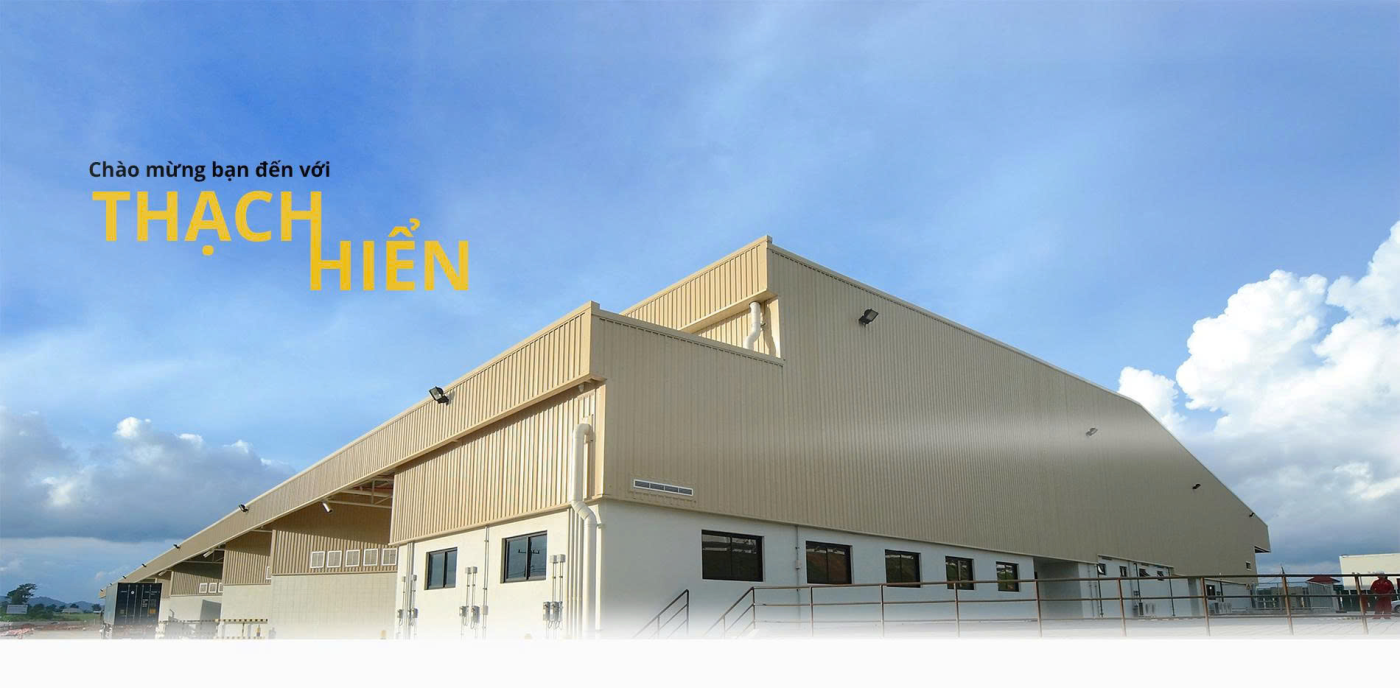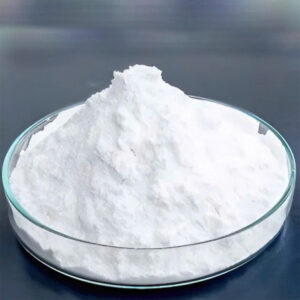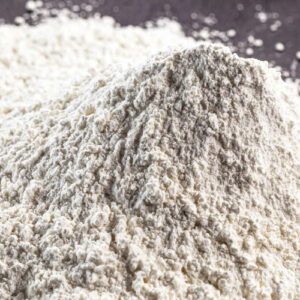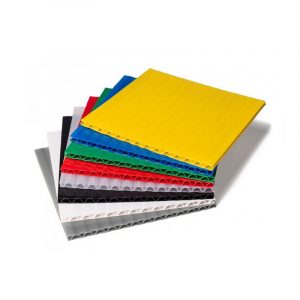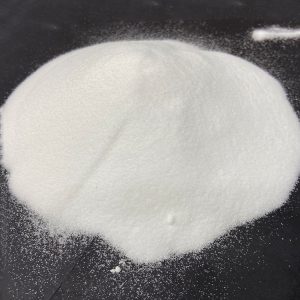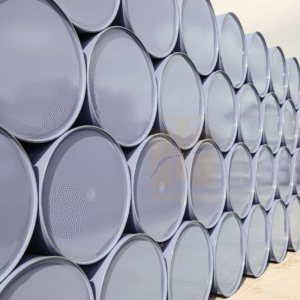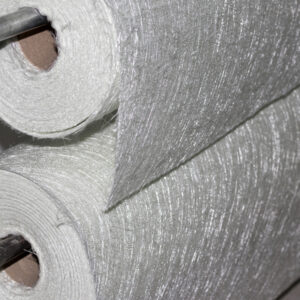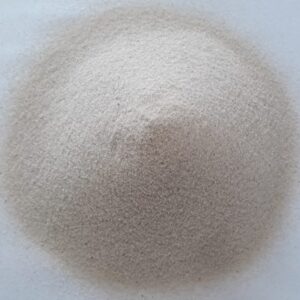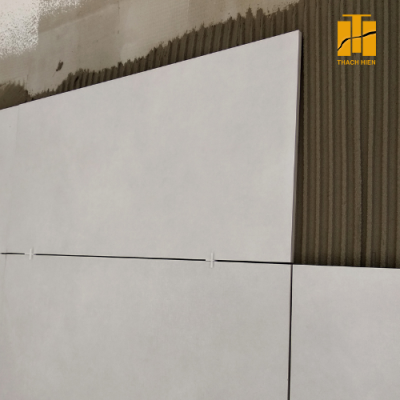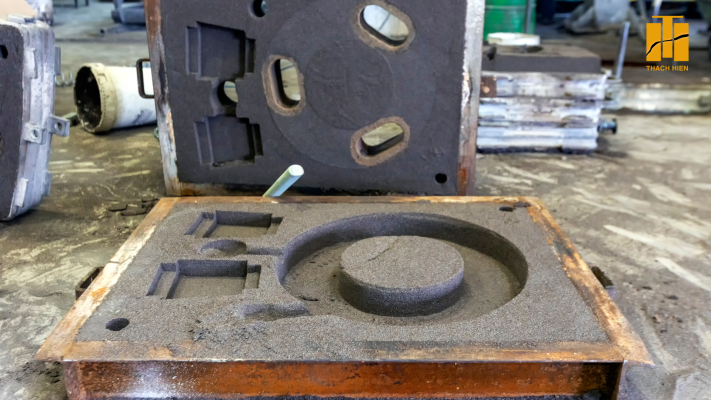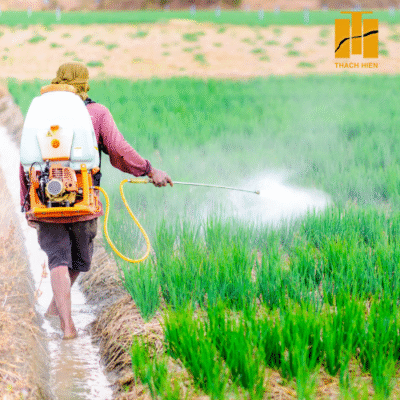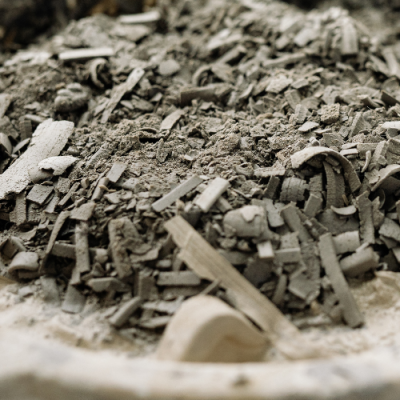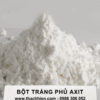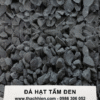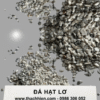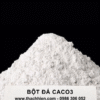News
BOTTOM ASH – A NEW MATERIAL SOURCE FOR THE FUTURE CONSTRUCTION MATERIALS INDUSTRY
The trend of developing waste-to-energy plants is increasingly being paid attention to and applied, replacing the traditional landfill method, not only providing a solution for treating bottom ash generated from waste-to-energy plants but also “exploring” new material sources for the construction industry in the future, contributing to reducing environmental pollution and natural resource degradation. Not only that, the transformation of ash into useful materials has affirmed the creative capacity of domestic scientists, contributing to protecting public health and joining hands to protect the environment towards a green future.
A waste to energy plant is a type of plant that produces electricity by burning waste, also known as a waste treatment plant. This process generates heat energy from burning waste, and then uses this heat energy to generate steam, which in turn generates steam to generate steam to generate steam and electricity. Waste to energy can help to effectively treat waste and at the same time generate renewable energy.
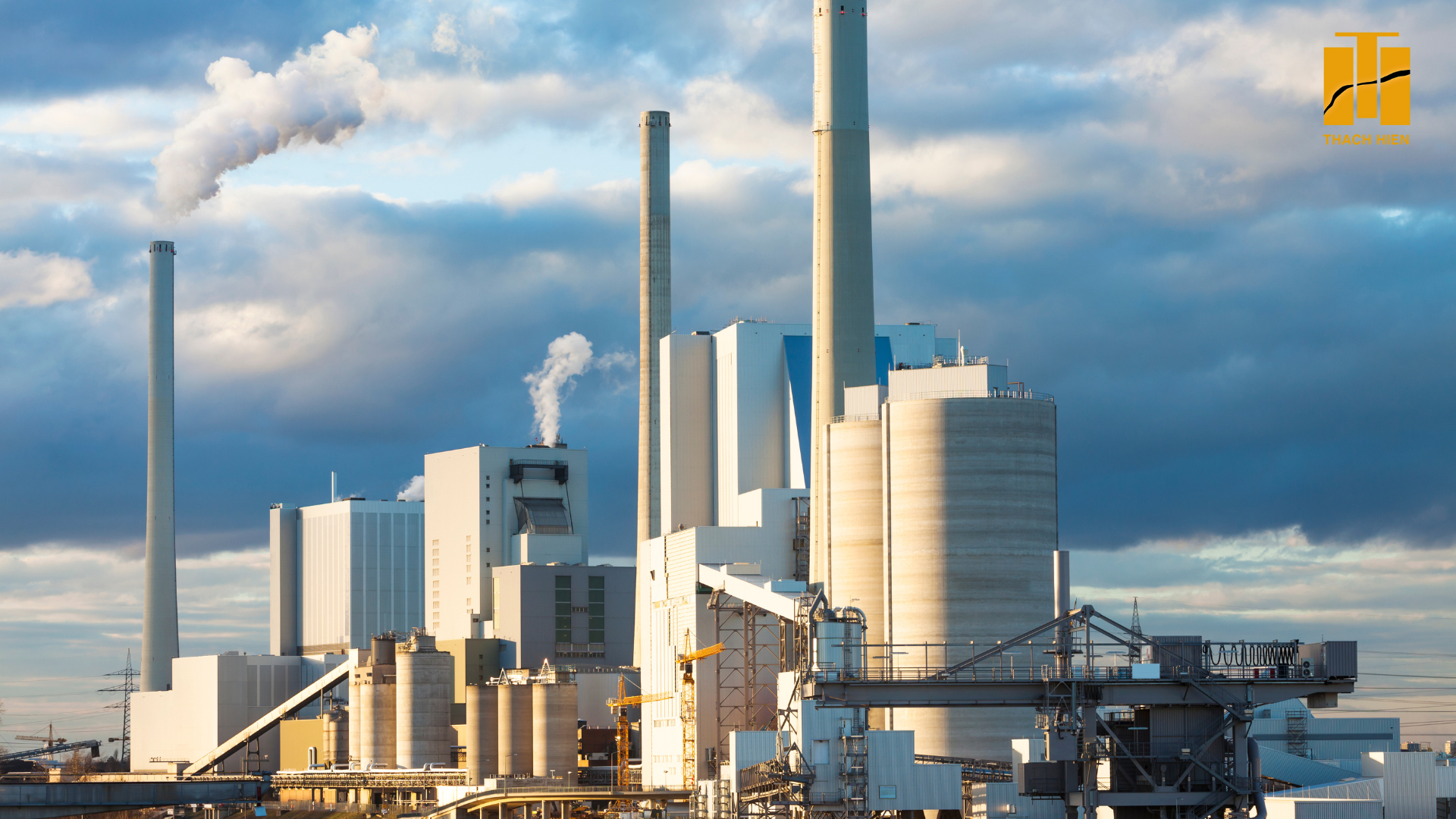
With an estimated population of 94.6 million people (2020), the country discharges about 35,000 – 40,000 tons of household waste every day. 60% of this waste is collected and treated by the following methods: landfill, composting, and burning.
Compost is another name for organic fertilizer for plants, the main ingredient is natural organic substances, not including synthetic organic substances. Compost is formed by being processed through physical processes: drying, grinding, screening, mixing, moistening, or biological processes: composting, fermentation, extraction. (The concept of organic fertilizer is defined according to Decree 108/2017/ND-CP on fertilizer management).
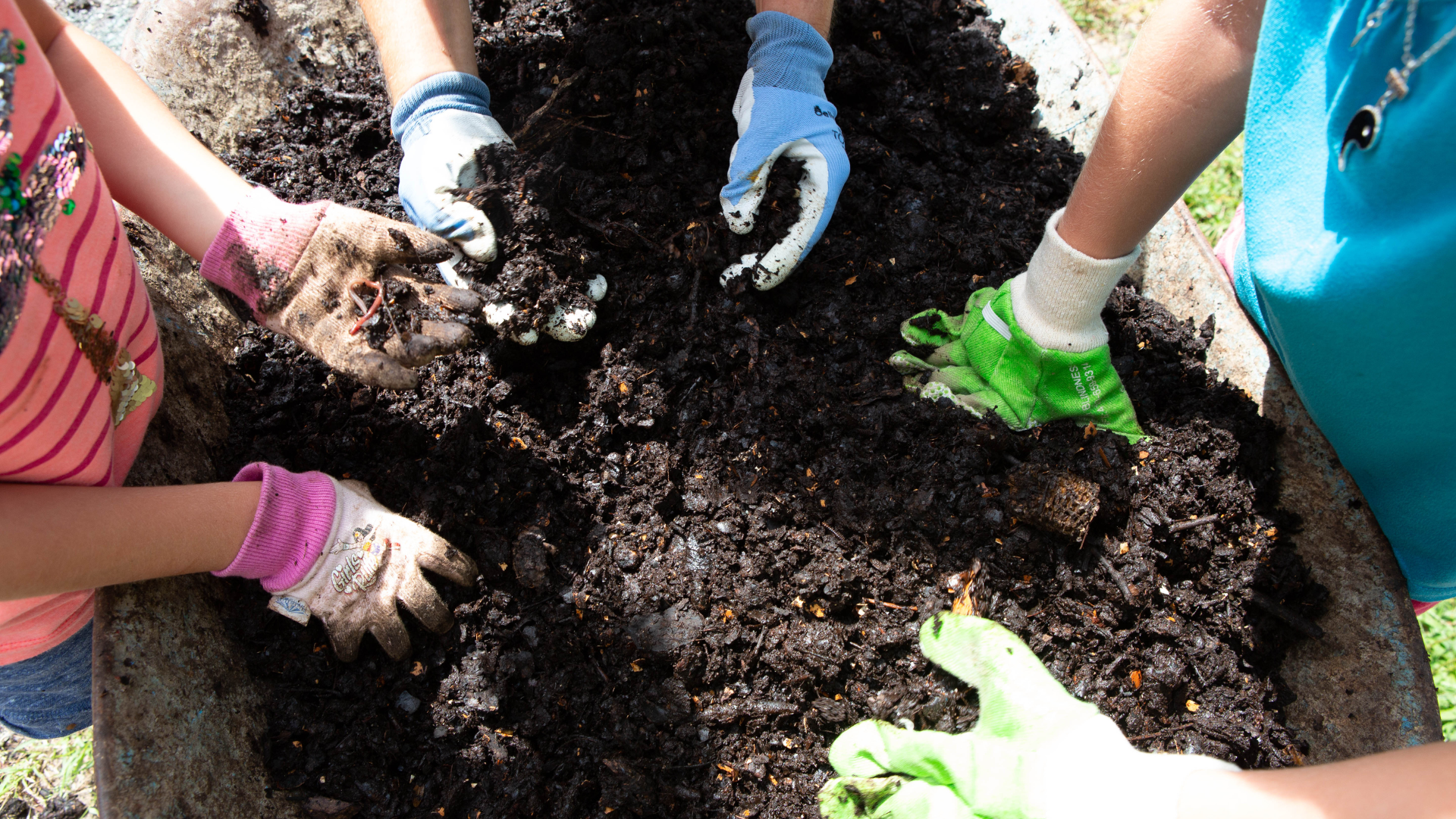
According to the report on the collection and treatment of domestic solid waste (CTRSH) by the Department of Environmental Pollution Control at the Conference summarizing the work in 2023 and the direction and tasks for 2024 of the Natural Resources and Environment sector, Vietnam currently has 15 waste-to-energy plants under construction, of which 3 plants have officially generated electricity. Specifically as follows:
Can Tho solid waste treatment plant of EB Environmental Energy Company Limited (Can Tho) with a capacity of 400 tons/day in Can Tho City.
Soc Son waste-to-energy plant (household waste) with a capacity of 4,000 tons/day in Hanoi.
High-tech solid waste treatment plant to generate energy of Green Star Environment Company Limited, Bac Ninh province, capacity 180 tons/day (of which solid waste 100 tons/day, industrial waste 80 tons/day, is in trial operation);
Waste-to-energy plant (household waste) in Luong Tai, Bac Ninh province with a capacity of 300 tons/day, is in trial operation;
Waste-to-energy plant in Thuan Thanh, Bac Ninh province with a capacity of 500 tons/day (of which household solid waste is 350 tons/day, industrial solid waste is 150 tons/day, is in trial operation);
Waste-to-energy plant (household waste) in Que Vo, Bac Ninh province with a capacity of 500 tons/day, expected to be tested in the second quarter of 2024;
Phu Son waste-to-energy plant (Thua Thien Hue) with a capacity of 600 tons/day is in trial operation.
In addition, some other provinces and cities such as Phu Tho, Da Nang, Ho Chi Minh City, Thai Nguyen… are starting to deploy solid waste treatment plants to generate electricity.
The 5MW waste-to-energy plant at the Binh Duong Waste Treatment Complex of Binh Duong Water and Environment Joint Stock Corporation (BIWASE) was inaugurated on January 12, 2024.
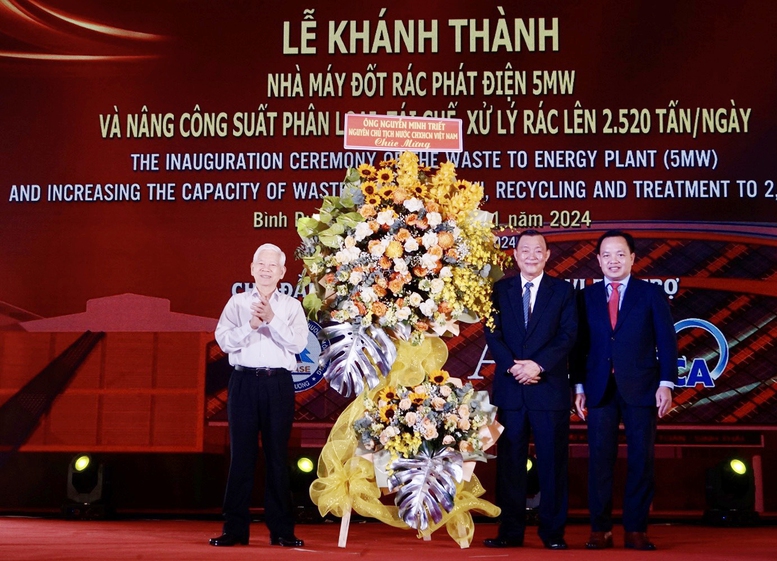
PRODUCTION OF UNBURNED BRICKS FROM WASTE
Concrete is one of the most sustainable building materials in terms of production and maintenance compared to other building materials. However, the main ingredient in concrete is cement (5-20% of the concrete mass). This material accounts for more than 74-81% of greenhouse gas emissions.
Meanwhile, in Vietnam, there are more than 25 million tons of ash and slag discharged each year, mainly from power plants across the country. Most of this ash and slag is transported to landfills. If the amount of ash and slag is not recycled, by 2030 it is estimated that the country’s reserves will reach 422 million tons. In the long term, fly ash will have a negative impact on the environment, occupy a large area of land for storage, and waste resources.
In the world, some countries have researched using fly ash to replace cement as a “green” (environmentally friendly) concrete casting material with a recommended replacement rate of 35% of the total volume of Portland cement (ACI 211, ACI 232). However, many researchers believe that replacing cement with fly ash can be up to 50% or more. This type of concrete even has some outstanding properties, called HVFC (High Volume Fly Ash Concrete).
Based on the above factors, the research team of the Southern Institute of Construction Materials (Institute of Construction Materials – Ministry of Construction) implemented the scientific and technological task “Research on manufacturing high fly ash concrete for construction structures”, with fly ash content replacing cement up to 80%.

 vn
vn